| Structure | Name/CAS No. | Articles |
|---|---|---|
 |
sucrose
CAS:57-50-1 |
|
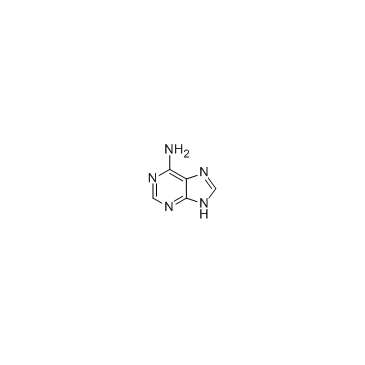 |
Adenine
CAS:73-24-5 |
|
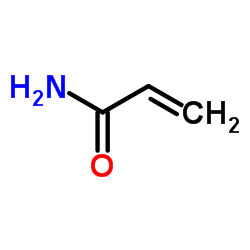 |
Acrylamide Crystals
CAS:79-06-1 |
|
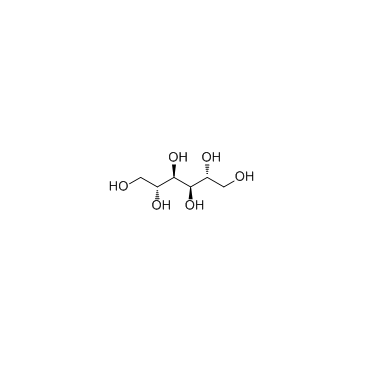 |
D-Mannitol
CAS:69-65-8 |
|
 |
HEPES
CAS:7365-45-9 |
|
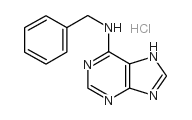 |
6-benzylaminopurine
CAS:162714-86-5 |
|
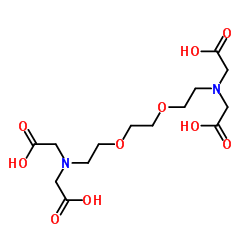 |
EGTA
CAS:67-42-5 |
|
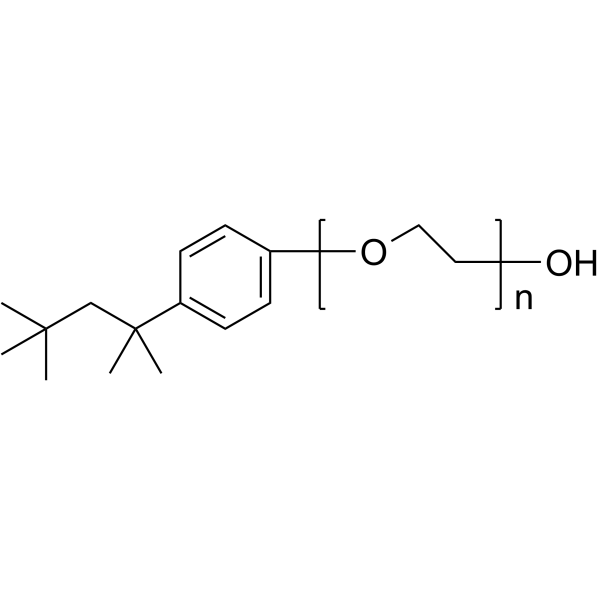 |
Triton X-100
CAS:9002-93-1 |
|
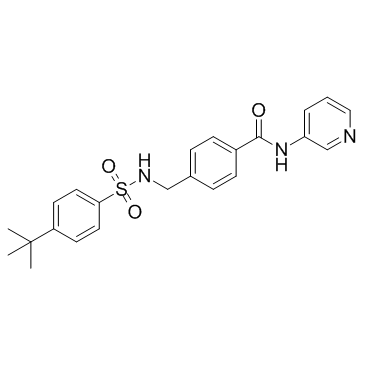 |
STF 31
CAS:724741-75-7 |
|
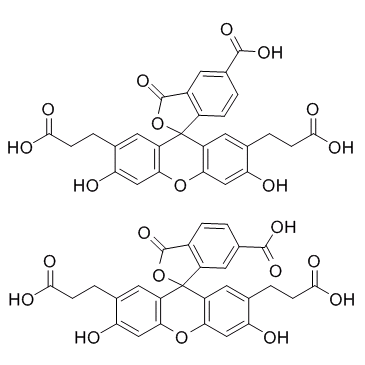 |
BCECF
CAS:85138-49-4 |